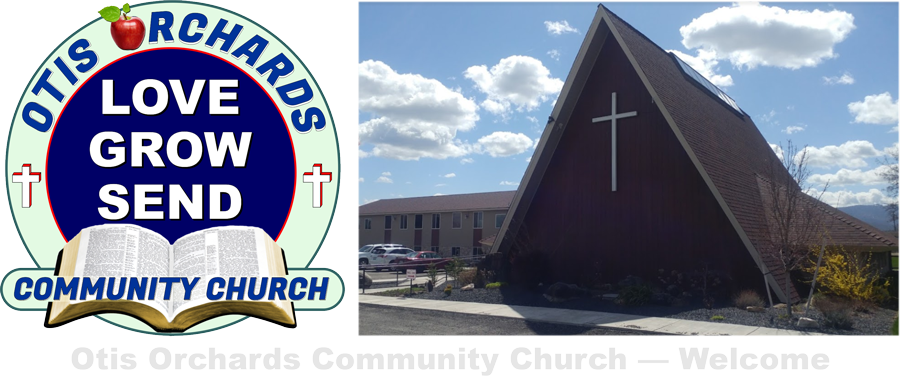
 |
|||||||
| RESOURCES — SHORT ARTICLES | |||||||
|
|
|||||||
 |
 |
 |
 |
 |
 |
| SHORT ARTICLES BY TOM ELSEROAD | |||||
| 2020-07-10 | Bible Study Process Outline | ||||
|
There have been several requests for the
steps I take when studying the Bible. Here we go. I. OBSERVATION - What does the text say (Ps.119:18)? A. READ the Bible book you want to study multiple times (5-10 times). 1. PRAY for the Holy Spirit to give understanding (He is the author). 2. Take your time. There is no need to put undue pressure on yourself. 3. Do not take any notes during this process. 4. You may consult other Bible translations: a. For Bible study use near literal translations: KJV, NKJV, NASB, etc. b. Be careful because many modern translations provide new meanings to the text. c. We are not looking for a “new meaning”. We want the original intended meaning of the text. II. INTERPRETATION - What does the text mean? A. WRITE down anything that stands out from the text. 1. PRAY to the Holy Spirit to give understanding. 2. You may want to create your own outline of the Book. 3. You can do word studies from the text here. 4. Look for things that are emphasized, repeated, or contrasted. 5. We seek the original meaning of the text. The Bible does not change its meaning over time. 6. Let the text speak for itself. Do not try to prove some preconceived idea. 7. What the text means is true for all. It is not some relativism of “what it means to me” idea. 8. Where the plain sense of Scripture makes good sense, there is no reason to seek any other sense. 9. The Bible never contradicts itself. If there is an apparent contradiction the problem is with your understanding. 10. You want to understand the meaning first, then find the appropriate application. B. BIBLICAL INTRODUCTIONS: 1. These are helpful for understanding relevant historical settings. 2. Some study Bibles have an introduction at the front for each Bible book. 3. These can help place the Bible book chronologically in time. 4. Introductions do not interpret text meanings, but they can shed some light. C. BIBLE COMMENTARIES 1. These should not be the beginning of your "study". 2. You may not agree with everything they say, but they can be helpful. III. APPLICATION - What am I supposed to do (2Tm.3:16-17)? 1. Belief determines behavior. Interpretation and application should be tied together. 2. Do not try to apply the text before you properly understand the meaning of the text. 3. We must be willing to obey God's Word. 4. God enlightens us from His Word. We apply these truths by the power of the Holy Spirit. Pastor Tom Elseroad |
|||||
| An Independent and Evangelical Church |
 |
23304 E Wellesley
Ave. Otis Orchards, WA 99027 Church Office: 509.926.9552 tomelseroad@gmail.com |